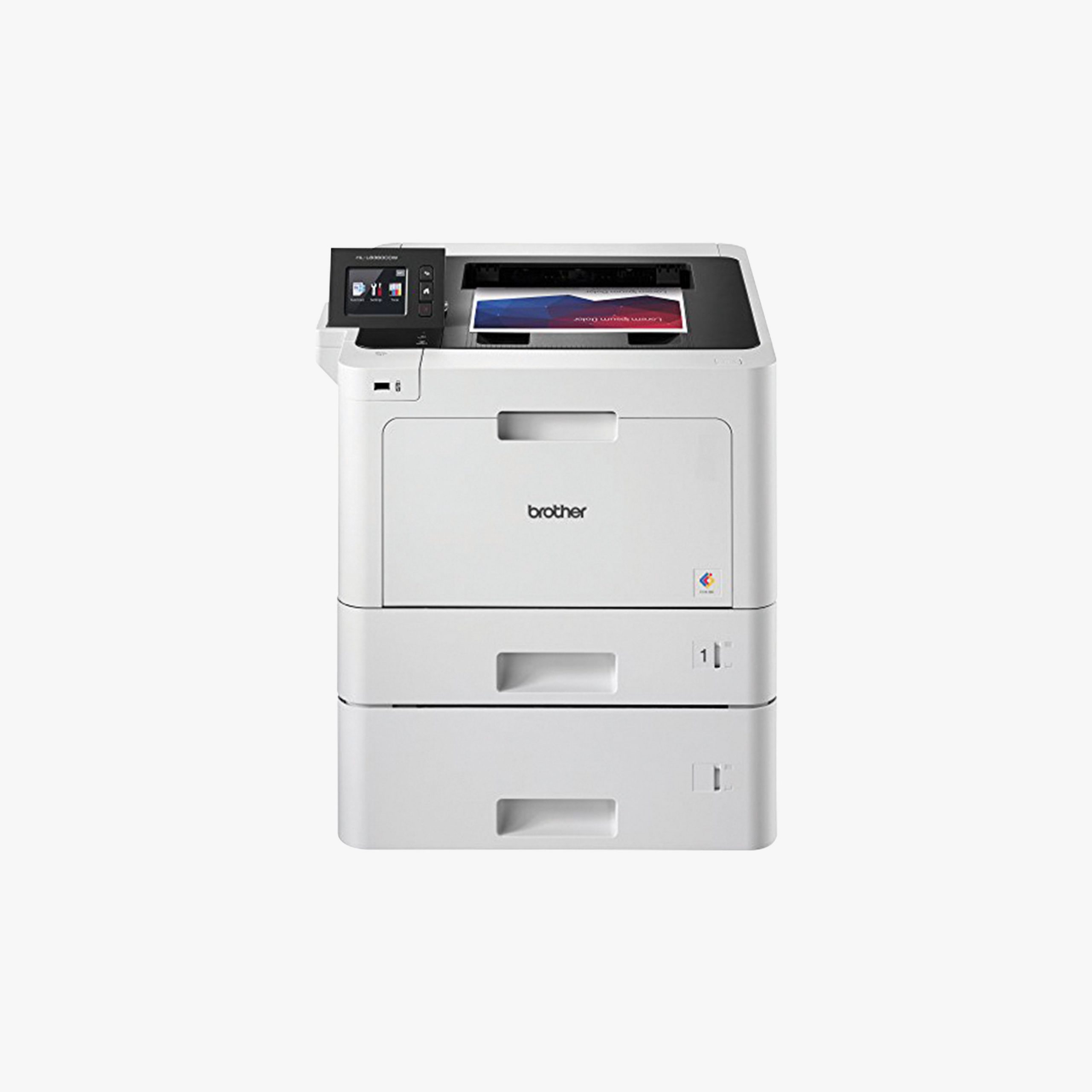In recent years, 3D printing has emerged as a groundbreaking technology with the potential to revolutionize various industries. While it offers numerous advantages, it is crucial to acknowledge the disadvantages that come along with this innovative manufacturing process. In this blog post, we will delve into the drawbacks of 3D printing, shedding light on its limitations and exploring the challenges it poses to different sectors.
- Limited Material Options:
One significant disadvantage of 3D printing is the limited range of materials available for use. Although advancements have been made, the majority of 3D printers are still limited to printing with plastics, such as ABS and PLA. While these materials are suitable for prototyping and basic applications, they may not possess the desired properties for more complex or specialized products. The absence of a wide variety of materials restricts the potential applications of 3D printing in industries such as aerospace, automotive, and healthcare. - Reduced Strength and Durability:
Compared to traditional manufacturing methods, 3D printed objects often exhibit reduced strength and durability. The layer-by-layer additive manufacturing process can result in weak points and structural inconsistencies, making the final product more susceptible to breakage or deformation. This limitation hinders the use of 3D printing for load-bearing components or parts subjected to high stress environments. - Time-Consuming Process:
Another drawback of 3D printing is its relatively slow production speed. While traditional manufacturing techniques can mass-produce items at a rapid pace, 3D printing is a time-consuming process, especially for complex and intricate designs. Each layer needs to be printed individually, resulting in longer production times. This drawback can be a significant hurdle for industries that require quick turnaround times or high-volume production. - Costly Equipment and Maintenance:
Investing in 3D printing technology can be a substantial financial commitment. The initial cost of purchasing a 3D printer, along with the necessary software and materials, can be prohibitive for small businesses or individuals. Additionally, the maintenance and repair costs associated with 3D printers can add up over time. These expenses may outweigh the benefits, particularly for those with limited budgets or infrequent printing needs. - Design Limitations:
While 3D printing allows for intricate and complex designs, it also imposes certain limitations. Overhangs, unsupported structures, and intricate details may require additional support structures or post-processing, increasing production time and costs. Designing for 3D printing requires careful consideration of these limitations, which may restrict the creative freedom of designers and engineers.
Conclusion:
Despite its numerous advantages, 3D printing is not without its drawbacks. The limited material options, reduced strength and durability, time-consuming process, costly equipment, and design limitations pose challenges to its widespread adoption in various industries. However, it is important to note that ongoing research and development efforts are continuously addressing these limitations, paving the way for a more refined and versatile 3D printing technology in the future.


